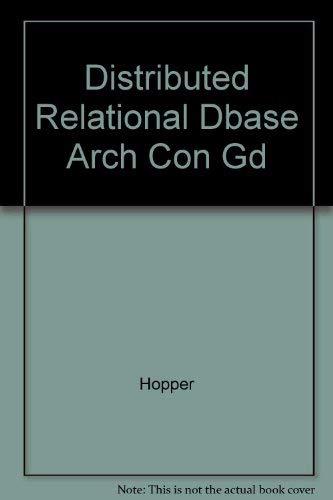iturn The computer dutput is showi beiow. (a) What is the ostinal sotuisn, and what is the velue of the tetal annual returs (in s)? (i) at evemated anNual return (b) Weich eenstraints are bendip? Whet in your interpretation of these esnutraints in terms of ene prebiem? (Select as thet appiy.) Censtraik 1. Mi Aunds avalabie are teng stitued. Constraint 2. The maximum permissble rak is beng incwred. Censtraint ). Mil avalabie shares of U.S. 0a ee being purthases. None of the esnstraints are bindne. (c) What are the dual values for the constraints? Interpret each. (Round your answers to two decimal places.) constraint 1 Constraint 1 has a dual value of 1.33. If an additional dollar is added to the available funds, the total annual return is predicted to increase by $1.33. Constraint 1 has a dual value of 0.09. If an additional dollar is added to the available funds, the total annual return is predicted to increase by $0.09. Constraint 1 has a slack of $200. Additional dollars added to the available funds will not improve the total annual return. Constraint 1 has a dual value of 3 . If an additional dollar is added to the avaliable funds, the total annual return is predicted to increase by $3. Constraint i has a dual value of 5 . If an additional dollar is added to the avaliable funds, the total annual return is predicted to increase by $5. constraint 2 Constraint 2 has a dual value of 1.33. If the risk index is increased by 1 , the total annual return is predicted to increase by $1.33. Constraint 2 has a dual value of 0.09. If the risk index is increased by 1 , the total annual return is predicted to increase by $0.09. Constraint 2 has a slack of 200 . Allowing additional risk will not improve the total annual return. Constraint 2 has a dual value of 3 . If the risk index is increased by 1 , the total annual return is predicted to increase by $3. Constraint 2 has a dual value of 5 . If the risk index is increased by 1 , the total annual return is predicted to increase by $5. constraint 3 Constraint 3 has a dual value of 1.33. If the maximum number of shares of U.S. Oil is increased by 1 , the total annual return is predicted to increase by $1.33. Constraint 3 has a dual value of 0.09. If the maximum number of shares of U.S. Oll is increased by 1 , the total annual return is predicted to increase by $0.09. Constraint 3 has a slack of 200 shares. Raising the maximum number of shares of U.S. Oil will not improve the total annual return. Constraint 3 has a dual value of 3. If the maximum number of shares of U.S. Oal is increased by 1 , the total annual return is predicted to increase by $3. Constraint 3 has a dual value of 5 . If the maximum number of shares of U.S. O. is increased by 1 , the total annual return is predicted to increase by $5. (d) Would it be beneficial to increase the maximum amount invested in U.S. Oil? Why or why not? Yes, each additional share increases the profit by $1.33. Yes, each additional share increases the profit by $0.09. Yes, each additional share increases the profit by $200.00. No, increasing the maximum shares does not affect the optimal value








